Table of Contents
- Report Template Bundle
- 11+ Return on Investment Report Templates in DOC | PDF
- 1. Return on Investment Report Template
- 2. Return on Investment Report Template in PDF
- 3. Simple Return on Investment Report Template
- 4. Return on Investment Report Template
- 5. Sample Return on Investment Report Template
- 6. Return on Investment Framework Report Template
- 7. Basic Return on Investment Report Template
- 8. Return on Investment in land conservation Report Template
- 9. Return on Investment Report Format
- 10. Security Grant Return on Investment Report Template
- 11. Social Return on Investment Report Template
- 12. Total Return Investment Pool Report Template
- What is a Good ROI?
- ROI Frequently Asked Questions (FAQ):
- Importance of ROI: Why it matters for all businesses
- Return on Investment (ROI) Versus Internal Rate of Return (IRR)
11+ Return on Investment Report Templates in DOC | PDF
A return on investment report (ROI) is a financial formula that is used to measure the benefit an investor will receive in comparison to the cost of their investment. It is most commonly calculated as net revenue divided by the investment’s original cost of capital. The ROI or the return on investment tests the gain or loss that investment has produced relative to the amount of money invested. ROI is commonly expressed as a percentage and is usually used for individual financial decisions, to evaluate the productivity of a business or to compare the performance of various investments.

Report Template Bundle
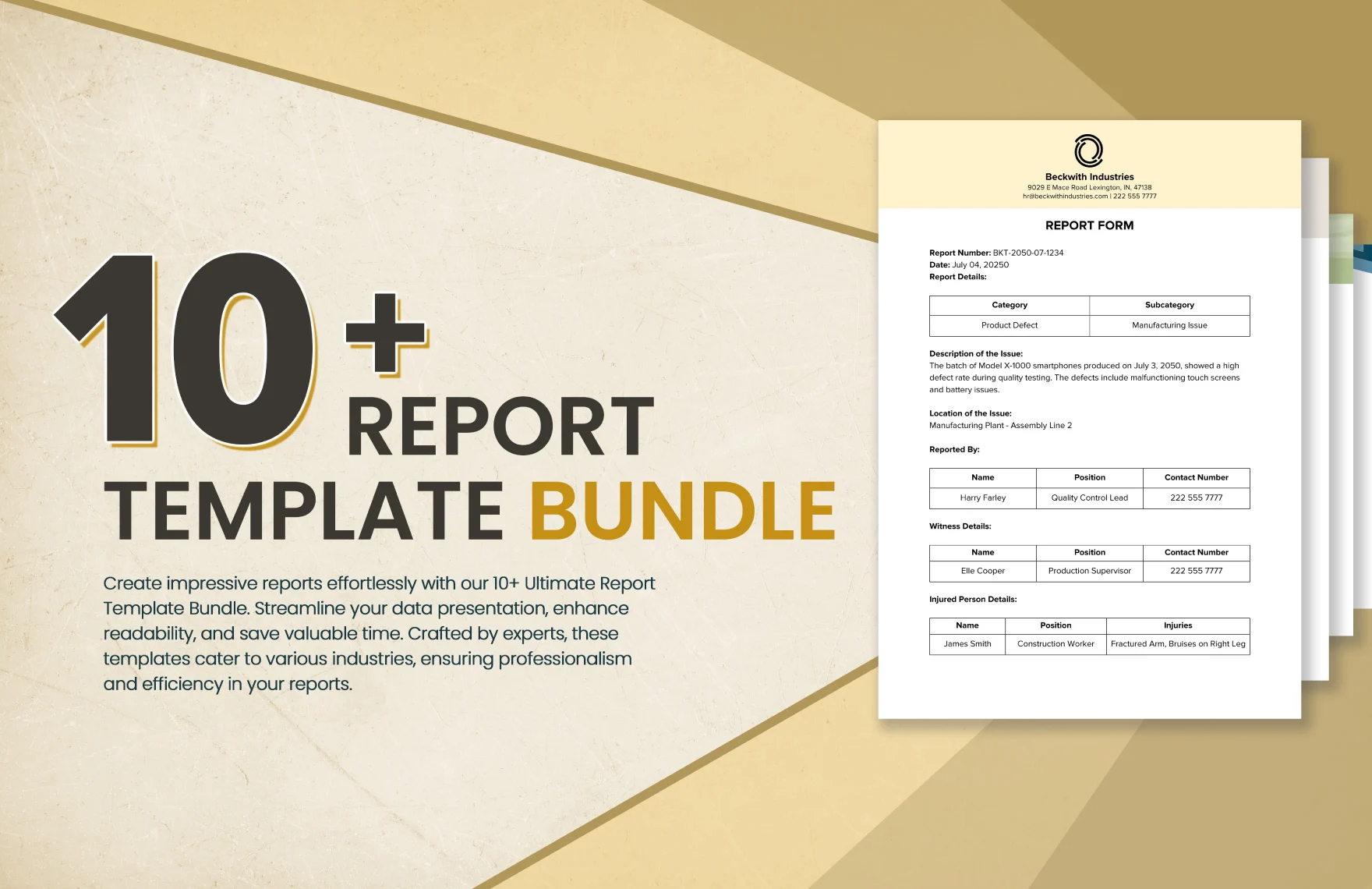
11+ Return on Investment Report Templates in DOC | PDF
1. Return on Investment Report Template
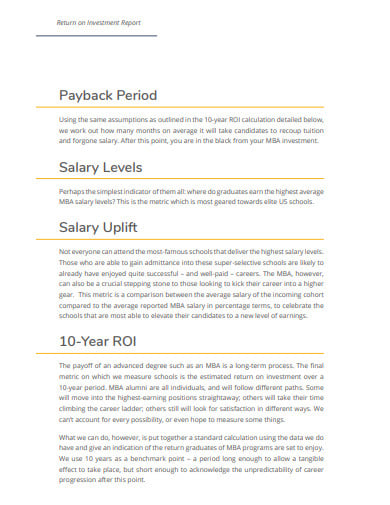 topmba.com
topmba.com2. Return on Investment Report Template in PDF
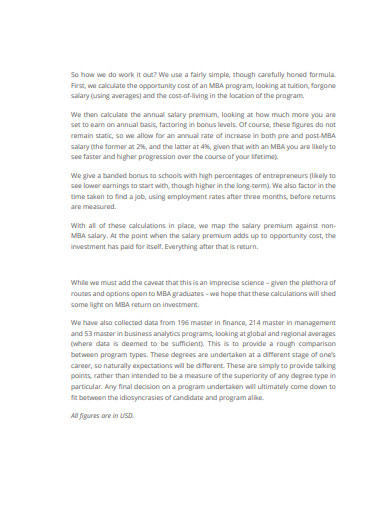 topmba.com
topmba.com3. Simple Return on Investment Report Template
 in.gov
in.gov4. Return on Investment Report Template
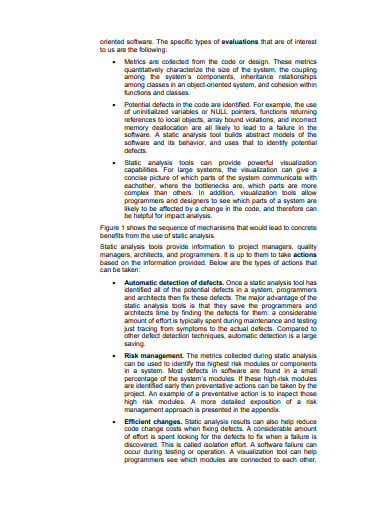 pdfs.semanticscholar.org
pdfs.semanticscholar.org5. Sample Return on Investment Report Template
 ahrq.gov
ahrq.gov6. Return on Investment Framework Report Template
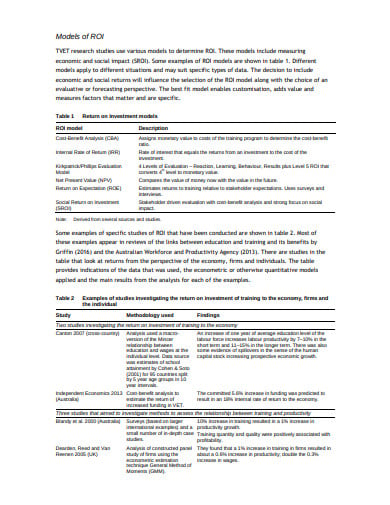 ncver.edu.au
ncver.edu.au7. Basic Return on Investment Report Template
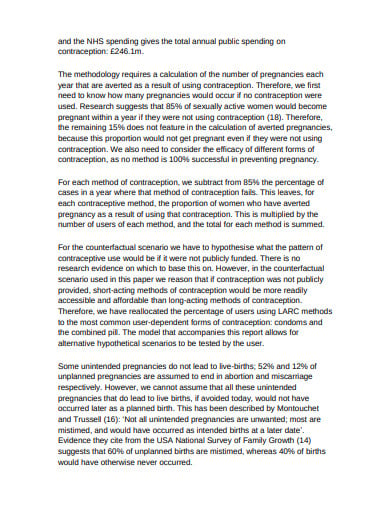 publishing.service.gov.uk
publishing.service.gov.uk8. Return on Investment in land conservation Report Template
 tpl.org
tpl.org9. Return on Investment Report Format
 euro.who.int
euro.who.int10. Security Grant Return on Investment Report Template
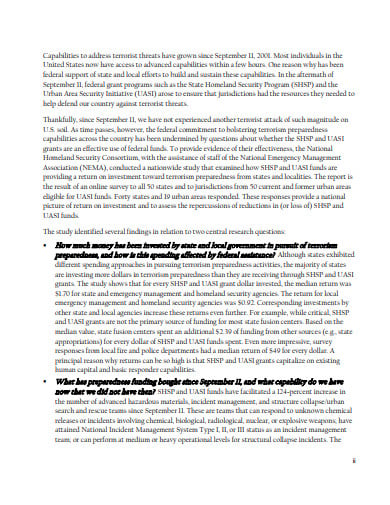 nemaweb.org
nemaweb.org11. Social Return on Investment Report Template
 socialvalueuk.org
socialvalueuk.org12. Total Return Investment Pool Report Template
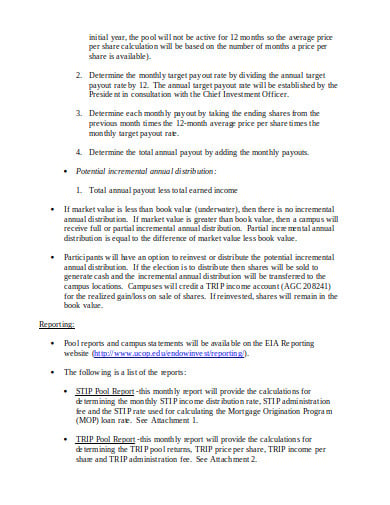 ucop.edu
ucop.edu
What is a Good ROI?
ROI is one of the most used profitability ratios because of its flexibility. That being said, one of the downsides of the ROI calculation is that it can be manipulated, so results may vary between users. When using ROI to compare investments, it’s important to use the same inputs to get an accurate comparison.
Also, it’s important to note that the basic ROI calculation does not take time into consideration. Obviously, it’s more desirable to get a +15% return over one year than it is over two years.
ROI Frequently Asked Questions (FAQ):
How Do I Calculate ROI Between Multiple Investments?
The typical ROI calculation shows how much an investment yielded overall. However, if you’re comparing ROI from two or more investments, the amount of time it takes to make a given return matters too.
For example, let’s say an investor is comparing the ROI from two different investments. The investor bought $1,000 worth of shares in ABC Corp. and sold them for $1,400 two years later for an ROI of 40% — that’s (Net profit / Original Investment) X 100 = ($400 / $1,000) X 100 = 40%.
Then let’s say that investor bought $5,000 worth of shares in XYZ Corp. and sold them for $7,500 five years later, for an ROI of 50% — that’s ($2,500 / $5,000) X 100 = 50%.
At first glance, it seems that the XYZ Corp. investment yielded a higher ROI. But when time is considered, the results are different.
The investment in ABC Corp. returned 40% over two years, while the investment in XYZ Corp. returned 50% in five years. If we divide each of those returns by their respective duration, that means the ABC Corp. investment returned 20% on an annual basis (20% / 2 years) and the XYZ Corp. investment returned just 10% on an annual basis (50% / 10 years).
In other words, even though the investment in XYZ Corp. made more profit overall, the ABC Corp investment generated a higher annual ROI.
[Calculate your annual return on investment with the CAGR Calculator]
Are There Other Ways to Calculate Return than ROI?
Yes, depending on what variables you’d like to be considered there are more precise ways to calculate return on investment. For example, if you’re looking to compare returns between investments that have been returning money for different periods of time, then ROI may be divided by the duration of the investment (see the first FAQ question) to get an annual rate of return.
For a measure that takes into account more outside variable, the Real Rate of Return measures an investment’s return after adjusting for inflation, taxes, or other external factors.
For individual investors or companies looking to project returns years into the future, the Net Present Value (NPV) finds the expected return of today’s investment based on projections of future cash inflows (adjusted for inflation). If the initial cost of the investment exceeds the amount you expect to earn from it after inflation over the next several years, the investment has a negative NPV and will not generate value.
Investors or companies looking to acquire another company may also analyze a company’s ROI using different variables that represent the investment cost.
For example, the Return on Assets (ROA) calculation shows a company’s return (profit) for every $1 of assets it owns. Meanwhile, the Return on Equity (ROE) formula shows how much a company returned (how much in profit it generates) for every $1 shareholders have in the company’s equity.
Importance of ROI: Why it matters for all businesses
Return on investment, better known as ROI, is a key performance indicator (KPI) that’s often used by businesses to determine profitability of an expenditure. It’s exceptionally useful for measuring success over time and taking the guesswork out of making future business decisions. The ability to calculate return on investment is extremely valuable for any business, regardless of size or industry.
After all, knowing if you’re getting your money’s worth is a basic concept that both individuals and businesses need to understand in order to strengthen — rather than hinder — financial success. By calculating ROI, you can better understand how well your business is doing and which areas could use improvement to help you achieve your goals.
Return on Investment (ROI) Versus Internal Rate of Return (IRR)
While there are many ways to measure investment performance, few metrics are more popular and meaningful than return on investment (ROI) and internal rate of return (IRR). Across all types of investments, ROI is more common than IRR largely because IRR is more confusing and difficult to calculate.
Firms use both metrics when budgeting for capital, and the decision on whether to undertake a new project often comes down to the projected ROI or IRR. Software makes calculating IRR much easier, so deciding which metric to use boils down to which additional costs need to be considered.
Another important difference between IRR and ROI is that ROI indicates total growth, start to finish, of the investment. IRR identifies the annual growth rate. The two numbers should normally be the same over the course of one year (with some exceptions), but they will not be the same for longer periods.






